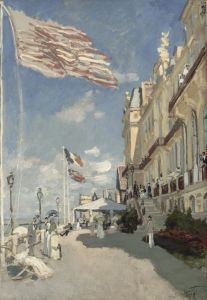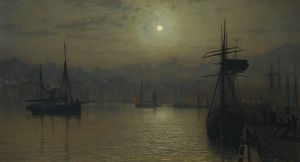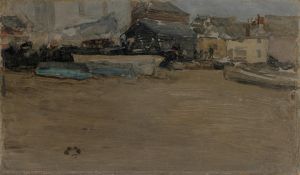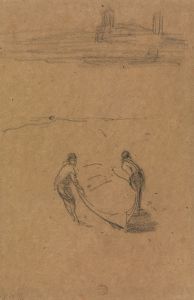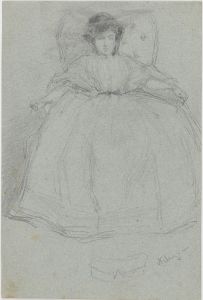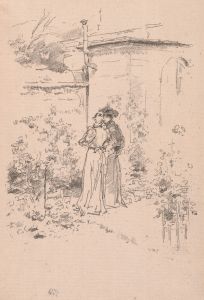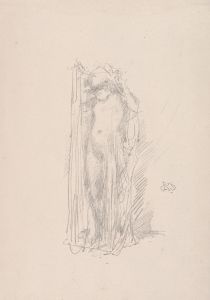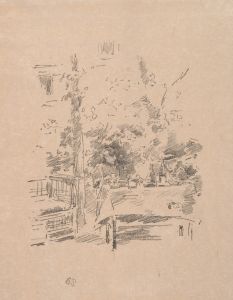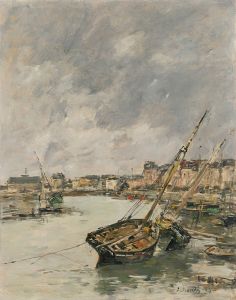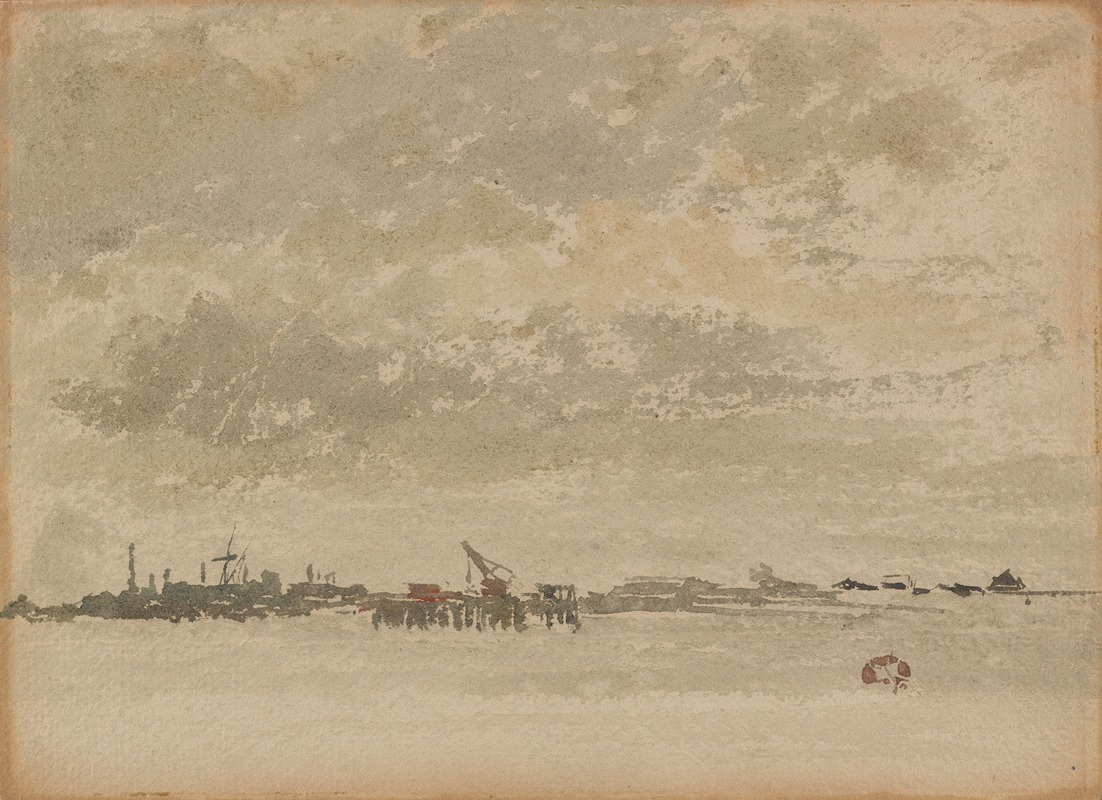
Grey and Silver–Purfleet
A hand-painted replica of James Abbott McNeill Whistler’s masterpiece Grey and Silver–Purfleet, meticulously crafted by professional artists to capture the true essence of the original. Each piece is created with museum-quality canvas and rare mineral pigments, carefully painted by experienced artists with delicate brushstrokes and rich, layered colors to perfectly recreate the texture of the original artwork. Unlike machine-printed reproductions, this hand-painted version brings the painting to life, infused with the artist’s emotions and skill in every stroke. Whether for personal collection or home decoration, it instantly elevates the artistic atmosphere of any space.
"Grey and Silver–Purfleet" is an oil painting by the American-born, British-based artist James Abbott McNeill Whistler. Created in 1866, this work is part of Whistler's series of paintings that explore the subtle interplay of color and atmosphere, often focusing on the themes of water and sky. Whistler is renowned for his innovative approach to art, which emphasized mood and tonal harmony over detailed representation.
The painting depicts a tranquil scene along the River Thames at Purfleet, a town located in Essex, England. Whistler's choice of Purfleet as a subject reflects his interest in capturing the serene and often overlooked beauty of everyday landscapes. The composition is characterized by its subdued palette of greys and silvers, which Whistler used to evoke a sense of calm and introspection. This choice of colors aligns with Whistler's broader artistic philosophy, which often drew parallels between painting and music, suggesting that art should evoke an emotional response similar to that of a musical composition.
In "Grey and Silver–Purfleet," Whistler employs a minimalist approach, focusing on the broad expanse of the river and the sky above. The horizon line is low, allowing the sky to dominate the composition. This technique emphasizes the vastness and tranquility of the scene, inviting viewers to contemplate the subtle variations in tone and light. The painting's simplicity and restraint are hallmarks of Whistler's style, which often sought to capture the essence of a scene with as few elements as possible.
Whistler's work during this period was influenced by his exposure to Japanese art, particularly the ukiyo-e prints that were becoming popular in Europe at the time. This influence is evident in the painting's composition and use of space, as well as in the artist's focus on creating a harmonious balance between different elements of the scene. The painting's title, "Grey and Silver," reflects Whistler's practice of naming his works in a manner similar to musical compositions, such as symphonies or nocturnes, further emphasizing the aesthetic and emotional qualities of the piece.
"Grey and Silver–Purfleet" is part of Whistler's broader exploration of the Thames River, a subject he returned to frequently throughout his career. His Thames paintings are notable for their atmospheric qualities and their ability to capture the changing moods of the river and its surroundings. These works contributed to Whistler's reputation as a leading figure in the Aesthetic Movement, which advocated for "art for art's sake" and prioritized beauty and sensory experience over narrative content.
Today, "Grey and Silver–Purfleet" is recognized as an important example of Whistler's mature style, showcasing his mastery of color, composition, and mood. The painting is held in a private collection, and while it may not be as widely known as some of Whistler's other works, it remains a testament to his innovative approach to landscape painting and his enduring influence on the development of modern art.






